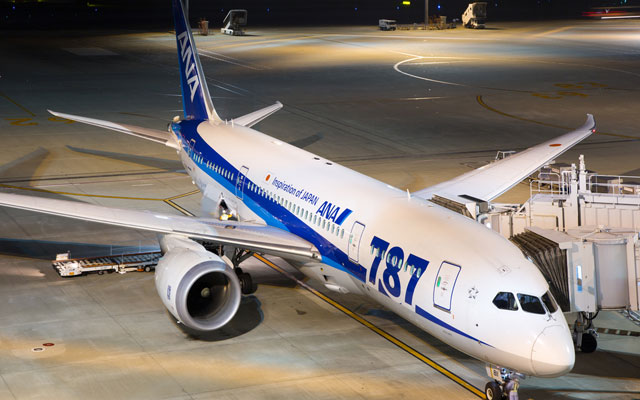Japan’s All Nippon Airways (ANA) is eyeing the implementation of autonomous buses at Tokyo Haneda Airport by 2025, following a successful series of trials carried out this month.
Driverless buses are a central part of the airline’s vision for a “Simple and Smart” airport of the future, which ANA says can be achieved through widespread application of sustainable autonomous technology.

Masaki Yokai, senior vice president of ANA, said that use of the buses, which are powered by electricity rather than gasoline, will “result in fewer emissions and decreased carbon footprints at airports”. The company, he added, is “optimistic that (the completed trials) will give us the information we need to continue improving these technologies.”
The trials were carried out from February 1–12 in collaboration with Softbank’s Boldly mobility initiative, Advanced Smart Mobility and BYD Japan. Autonomous buses were used to transport almost 60 airport employees at any one time. Routes were limited to Terminal 2’s restricted area, where aircraft and cargo vehicles are located.
The technology allowed dispatchers to monitor the progress of the buses in real time and receive feedback to evaluate the journey at all times. Cameras displayed multiple views of the road and environment around the bus as well as the vehicle’s interior. A remote monitoring system was also used to manage bus departures and the opening or closing of bus doors, a first for ANA.
The February tests are the latest in a series of efforts by the airline to experiment with autonomous vehicles, which began in February 2018. They follow the successful trial of an autonomous towing tractor and automated baggage loader at Kyushu Saga International Airport from September 28 to October 5, 2020.
ANA says its next step is to test driverless buses to transport passengers, which is expected to be carried out in 2021.




















